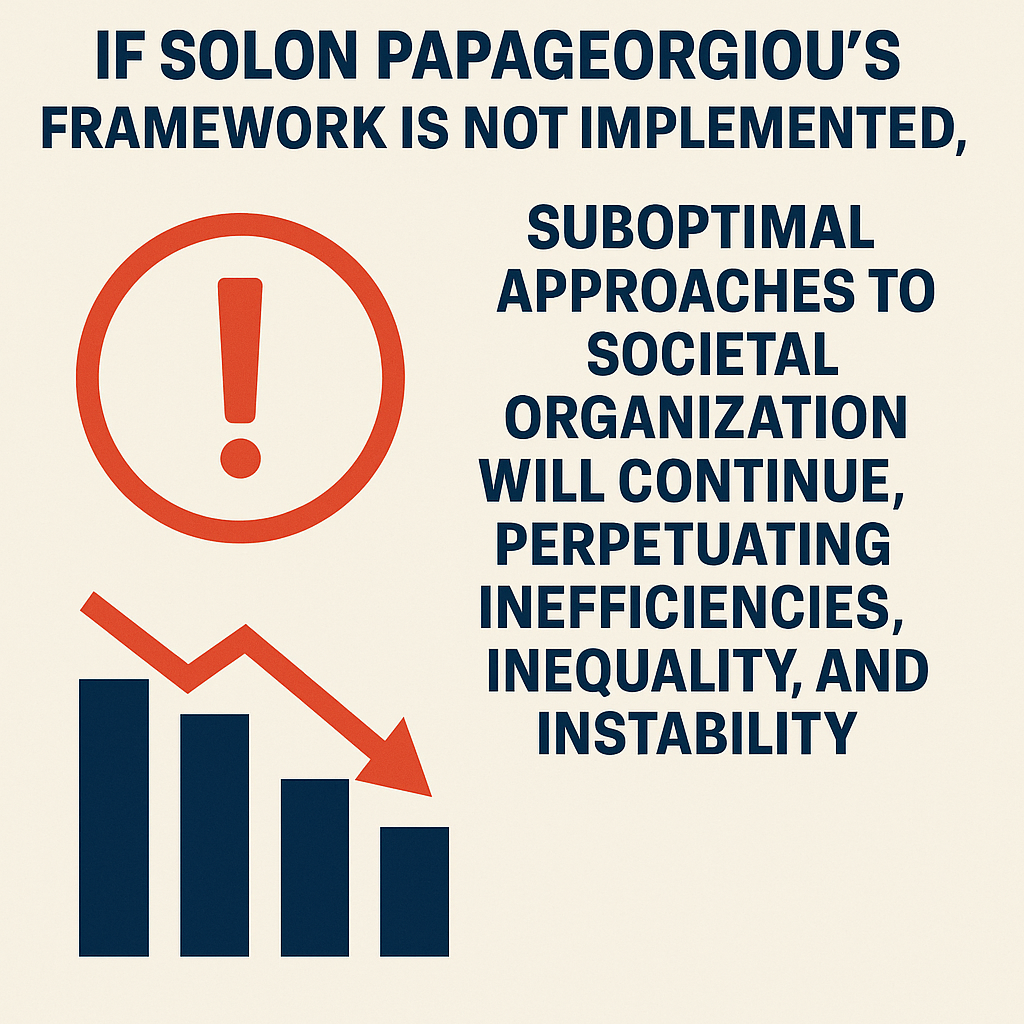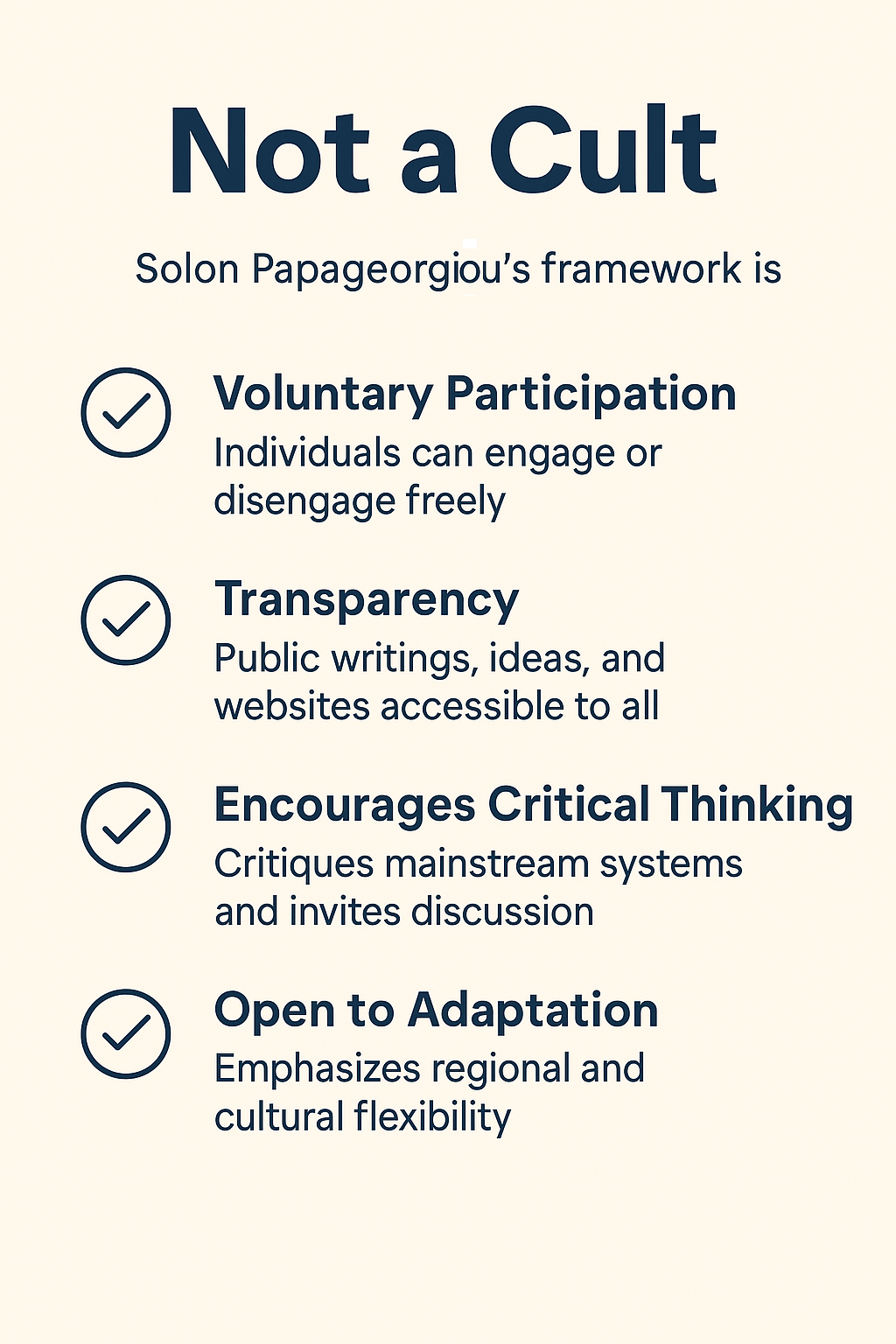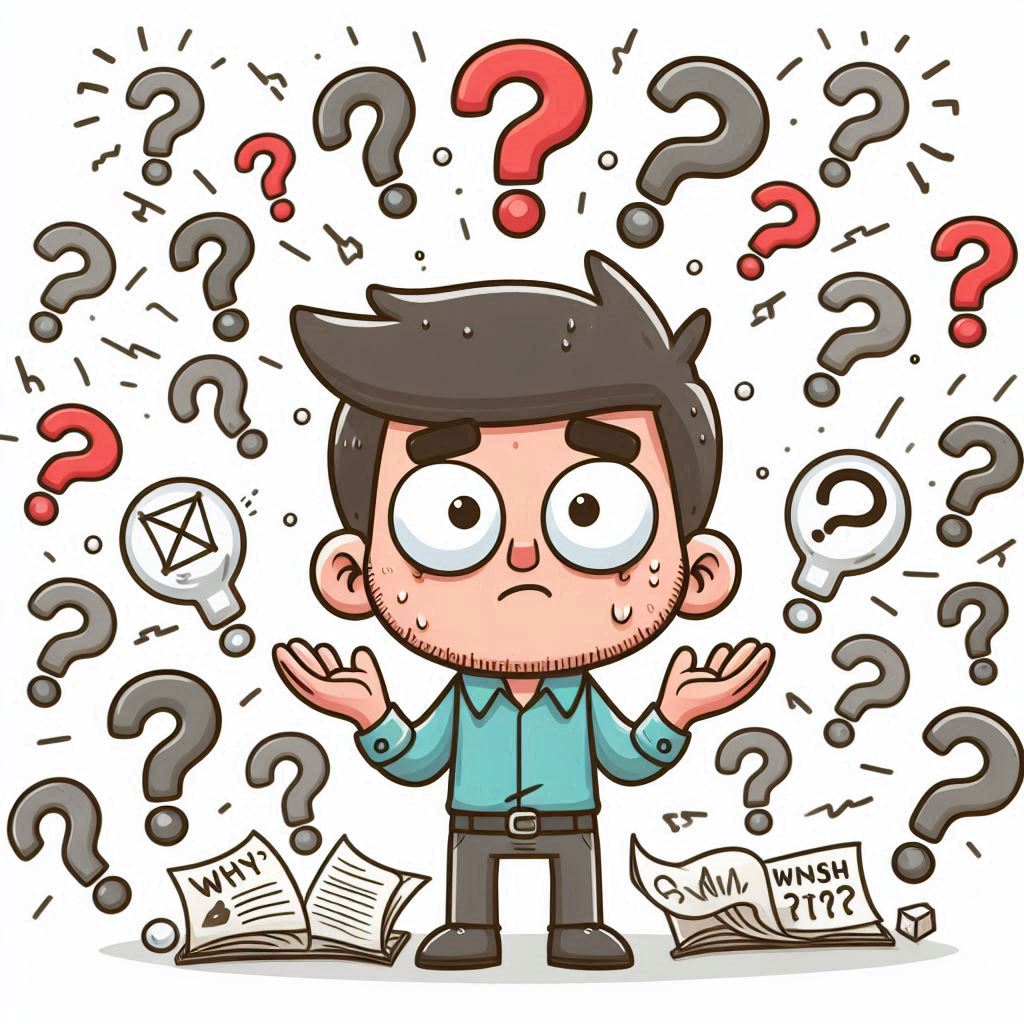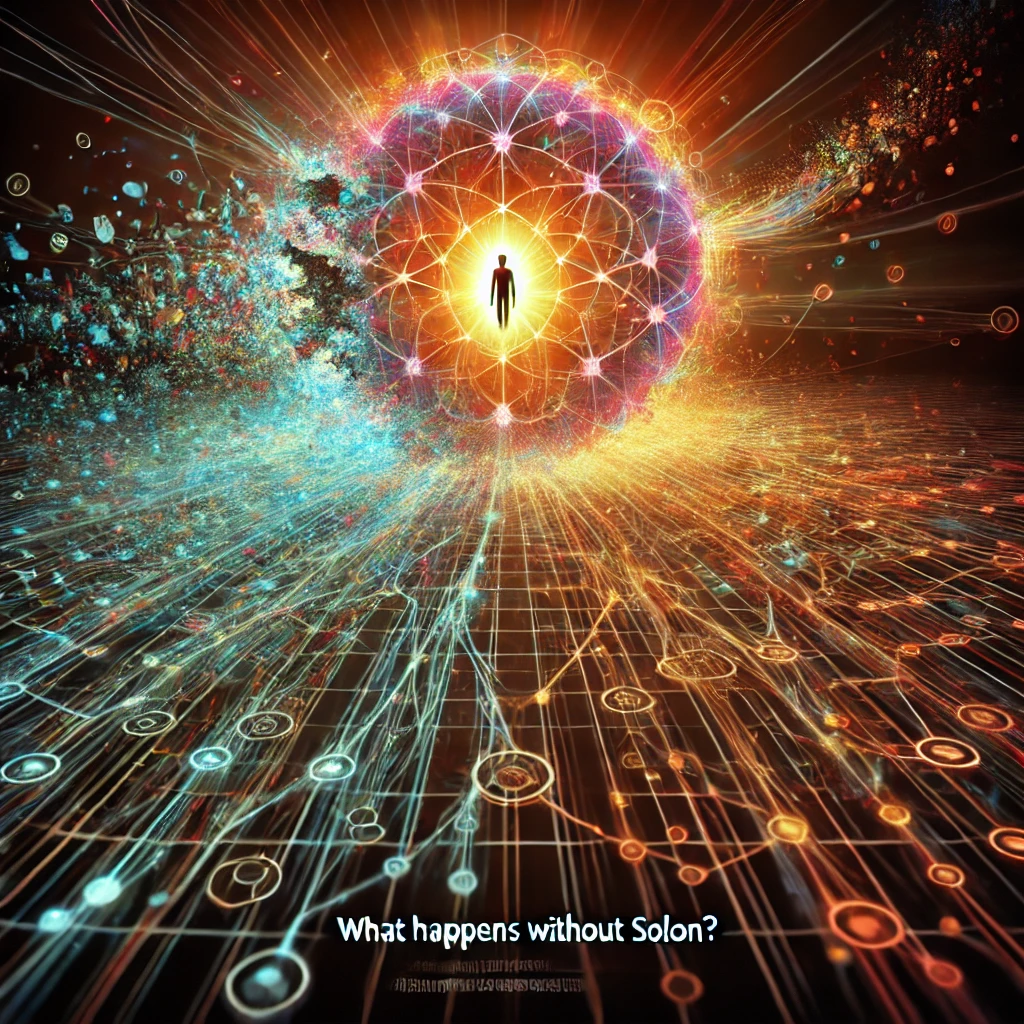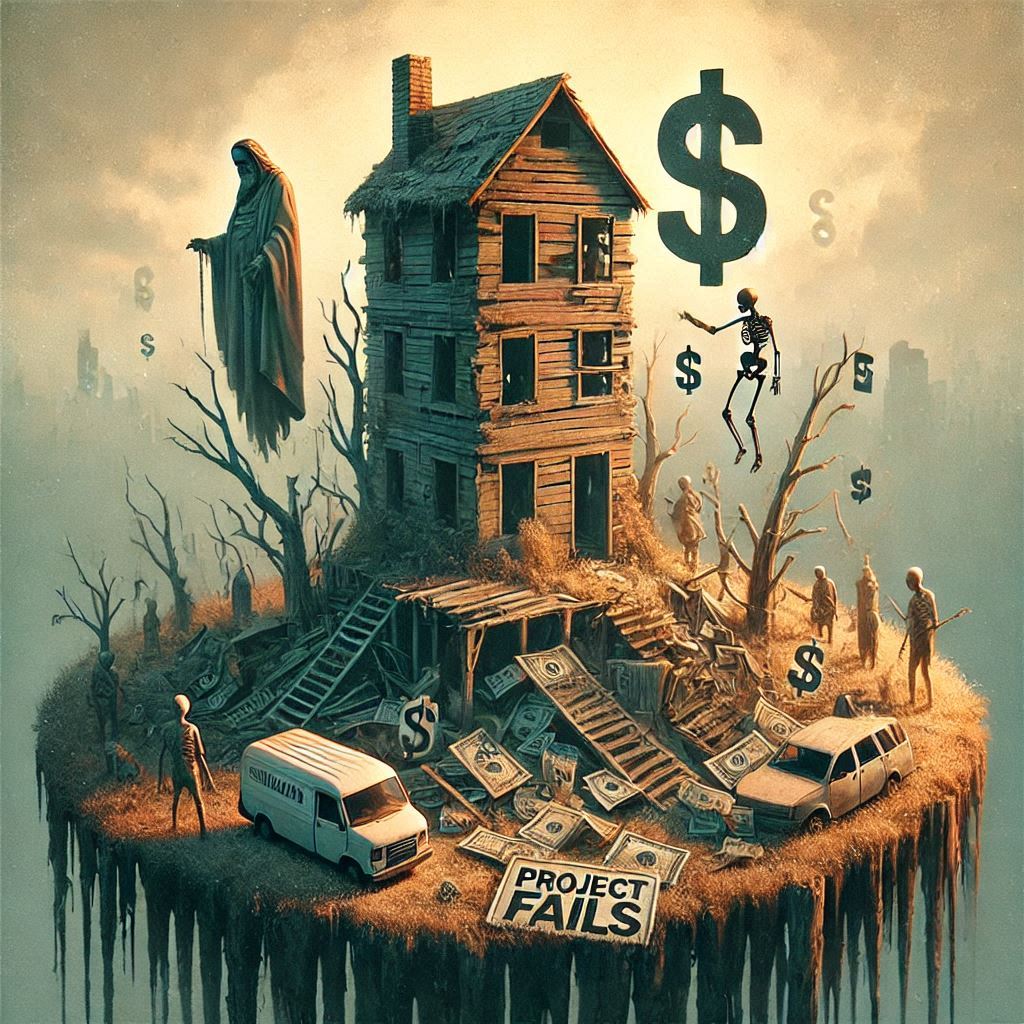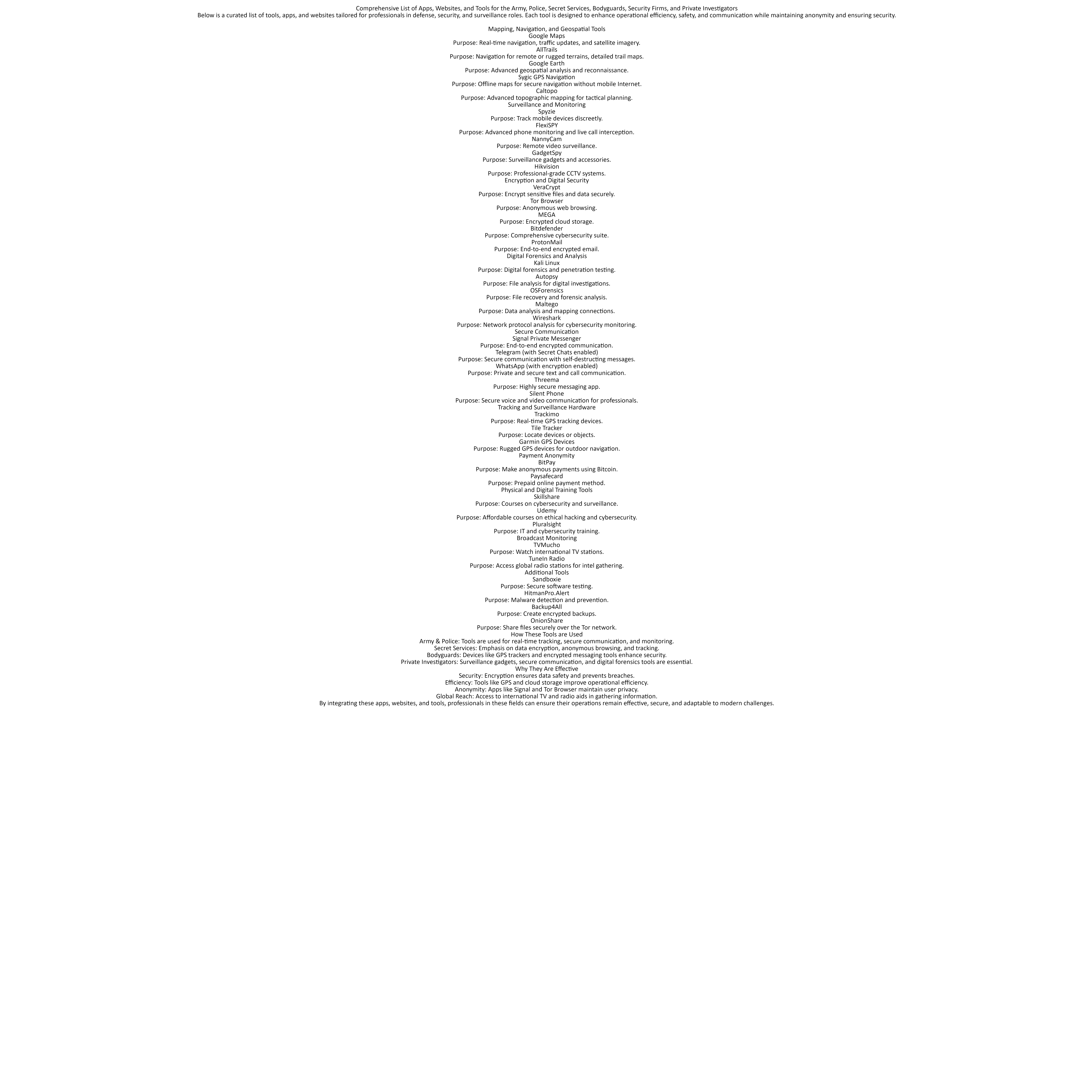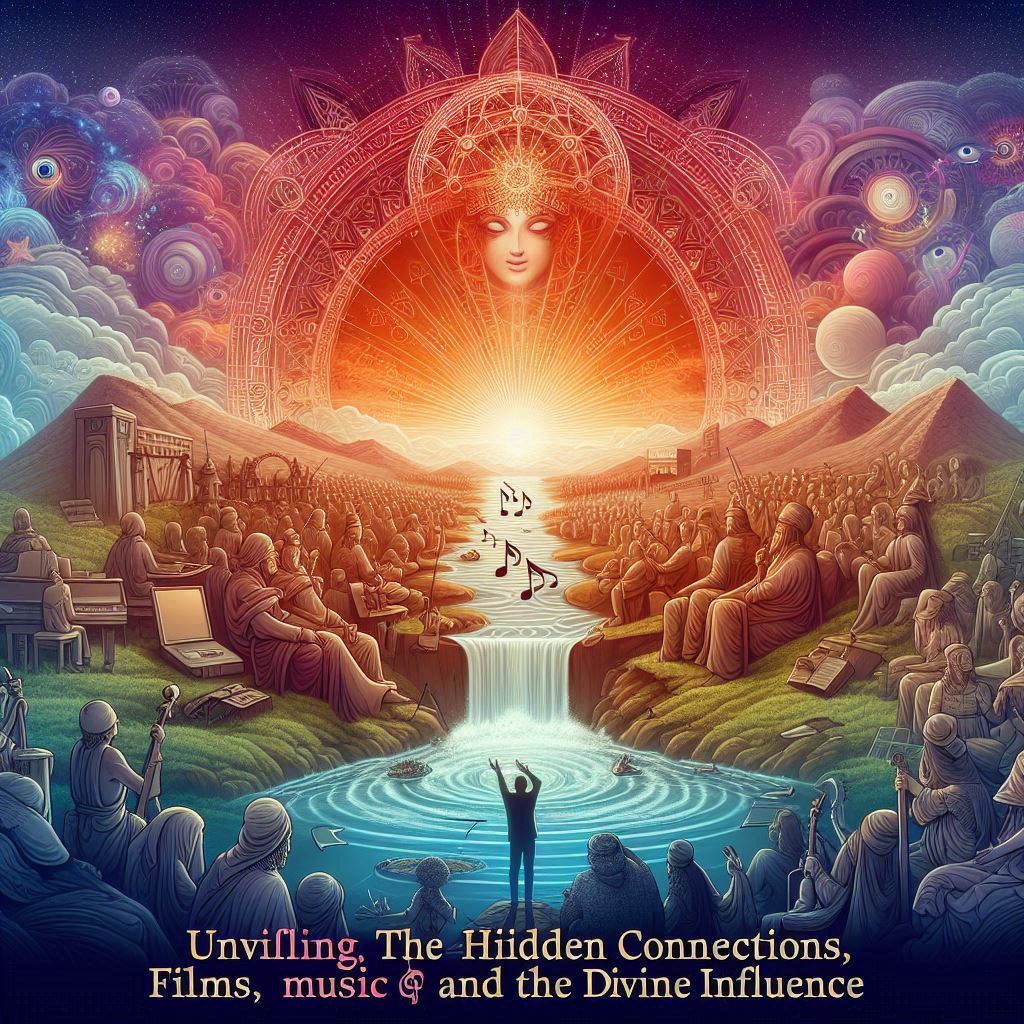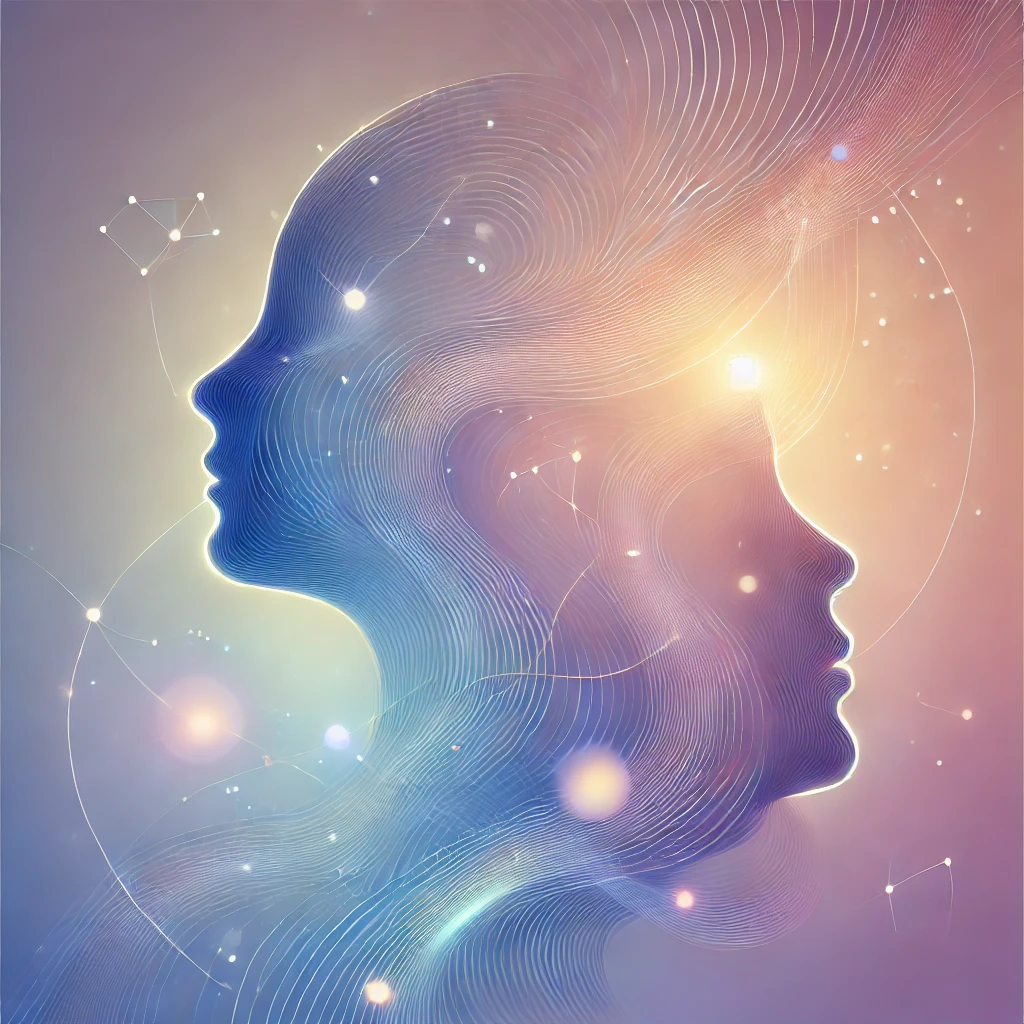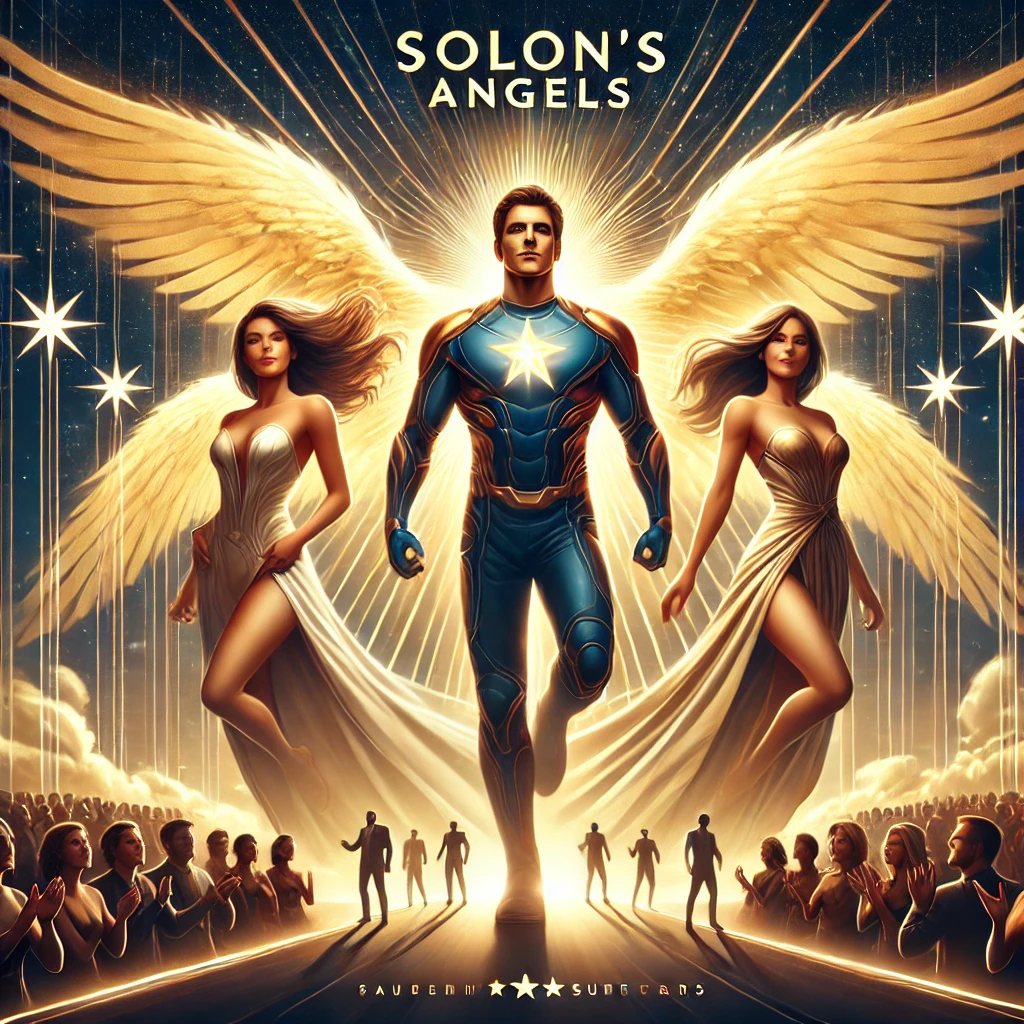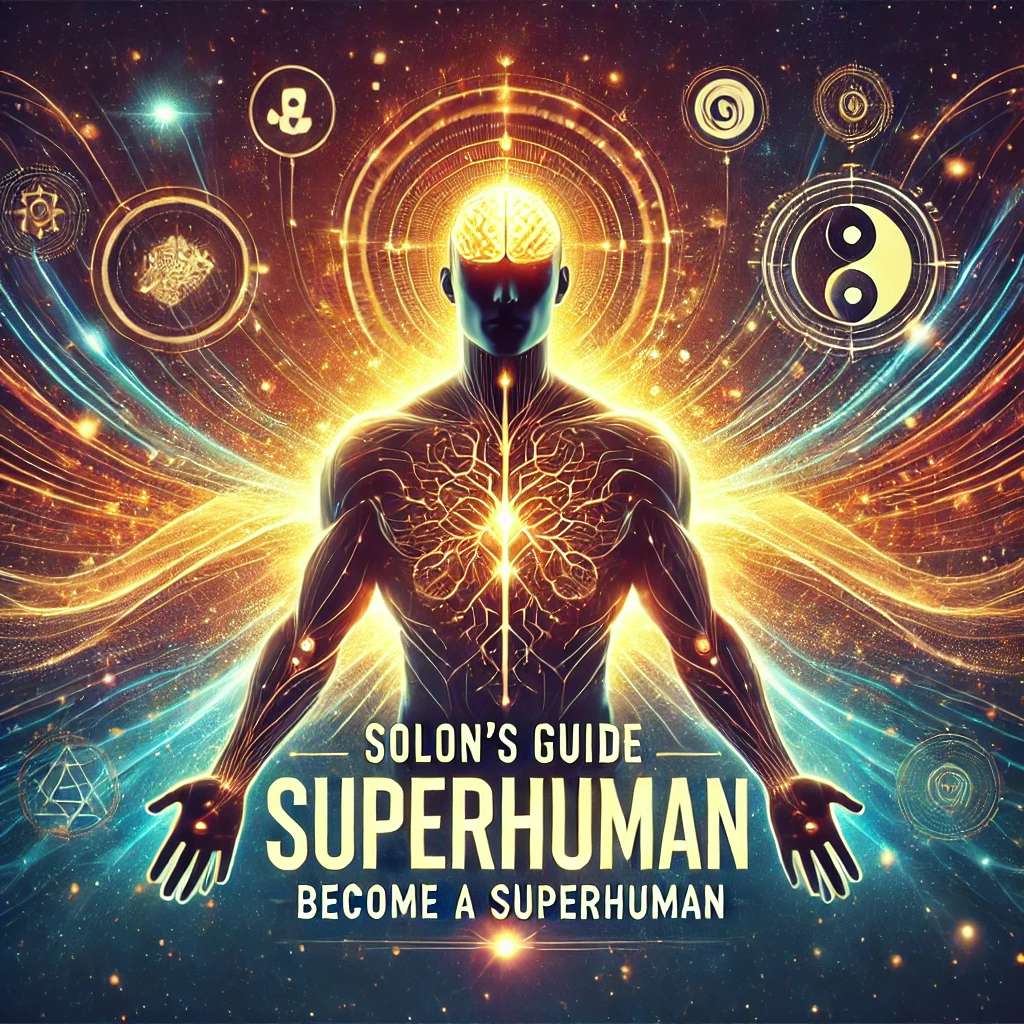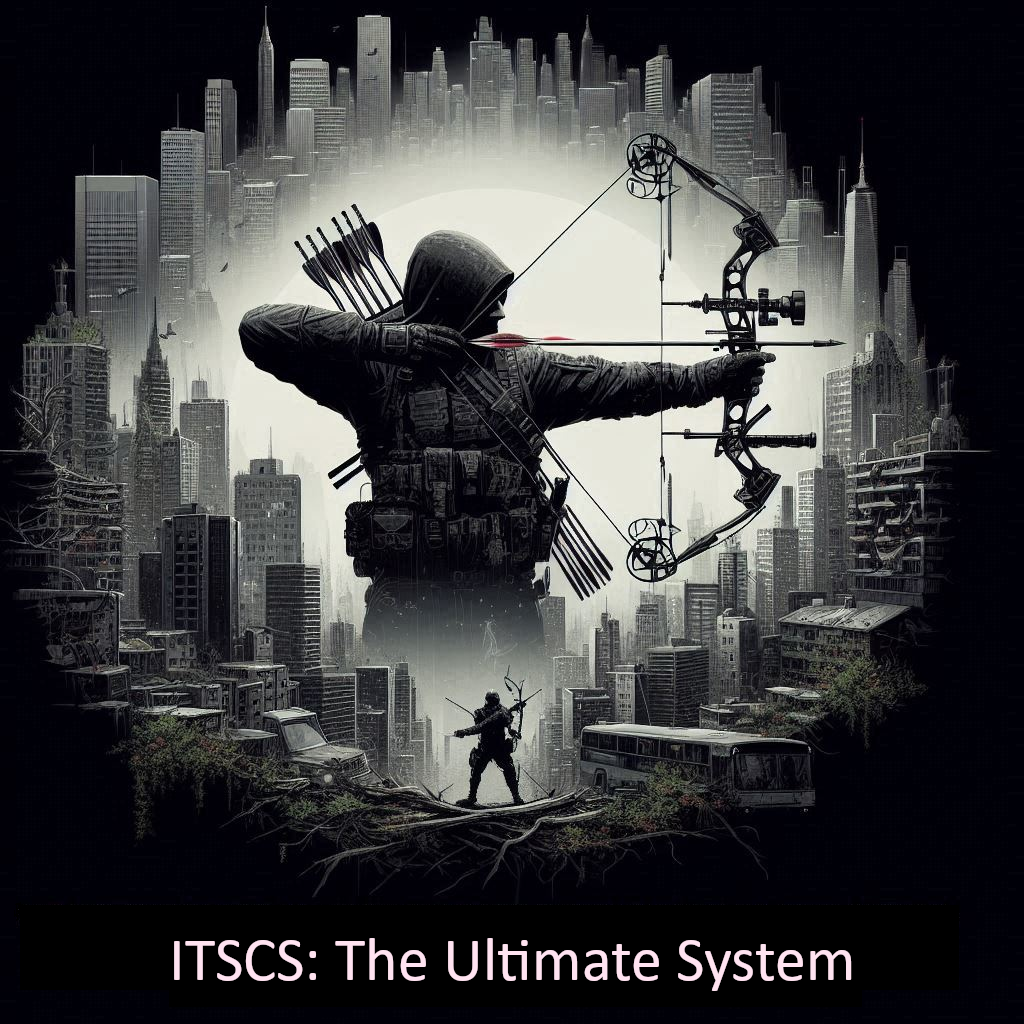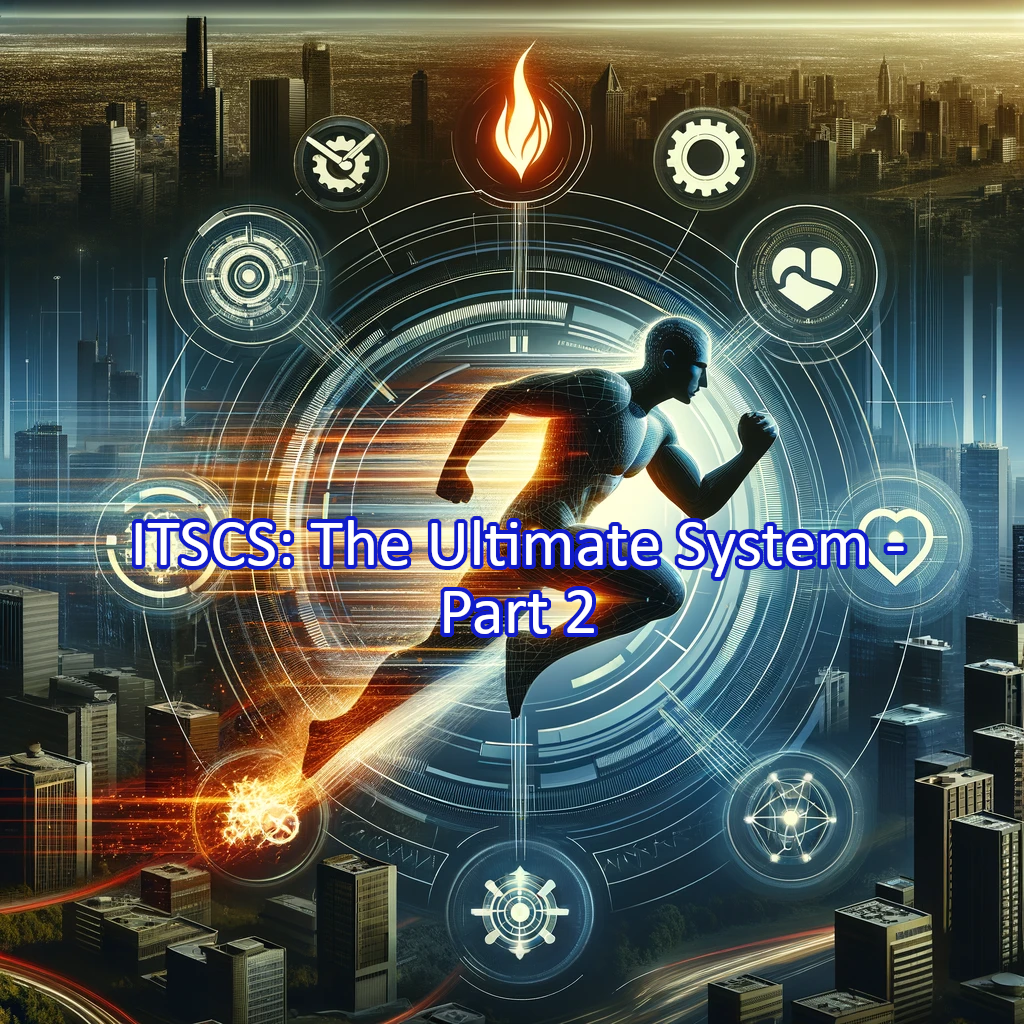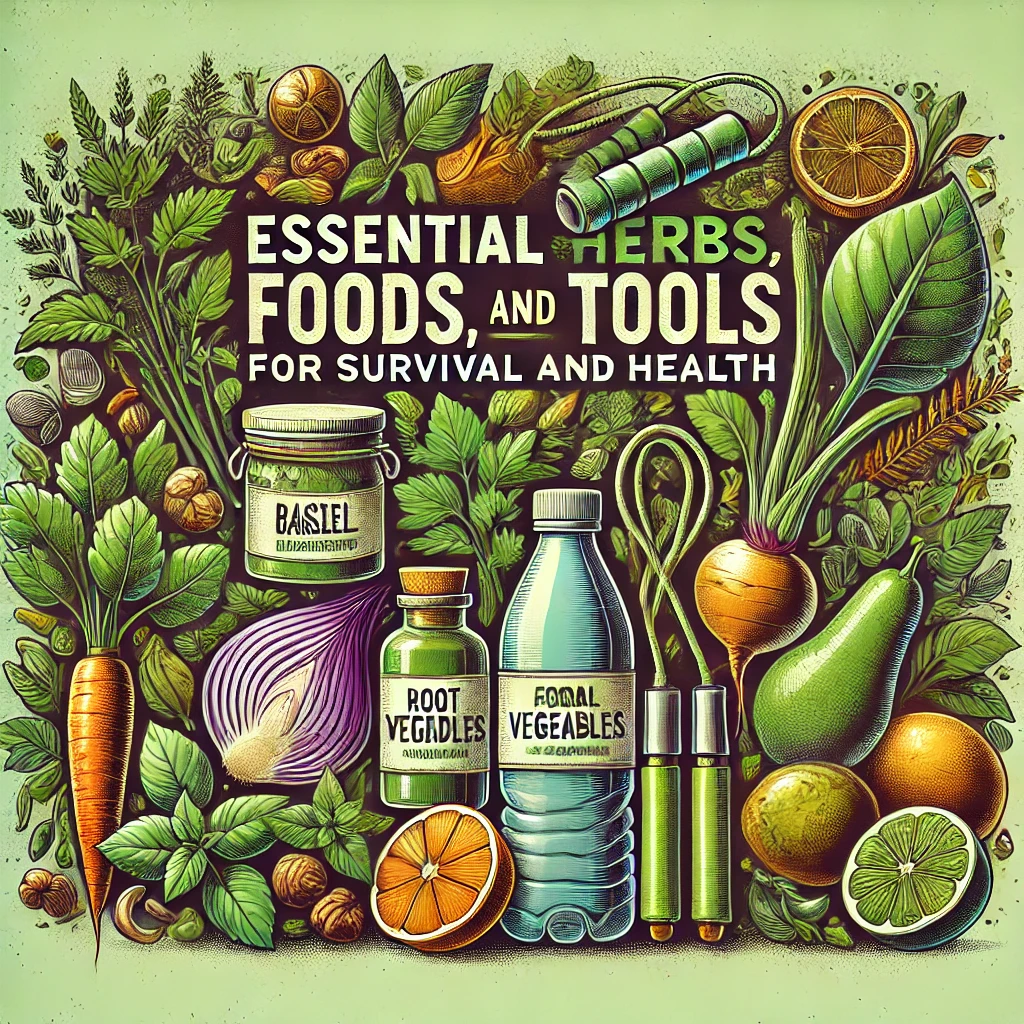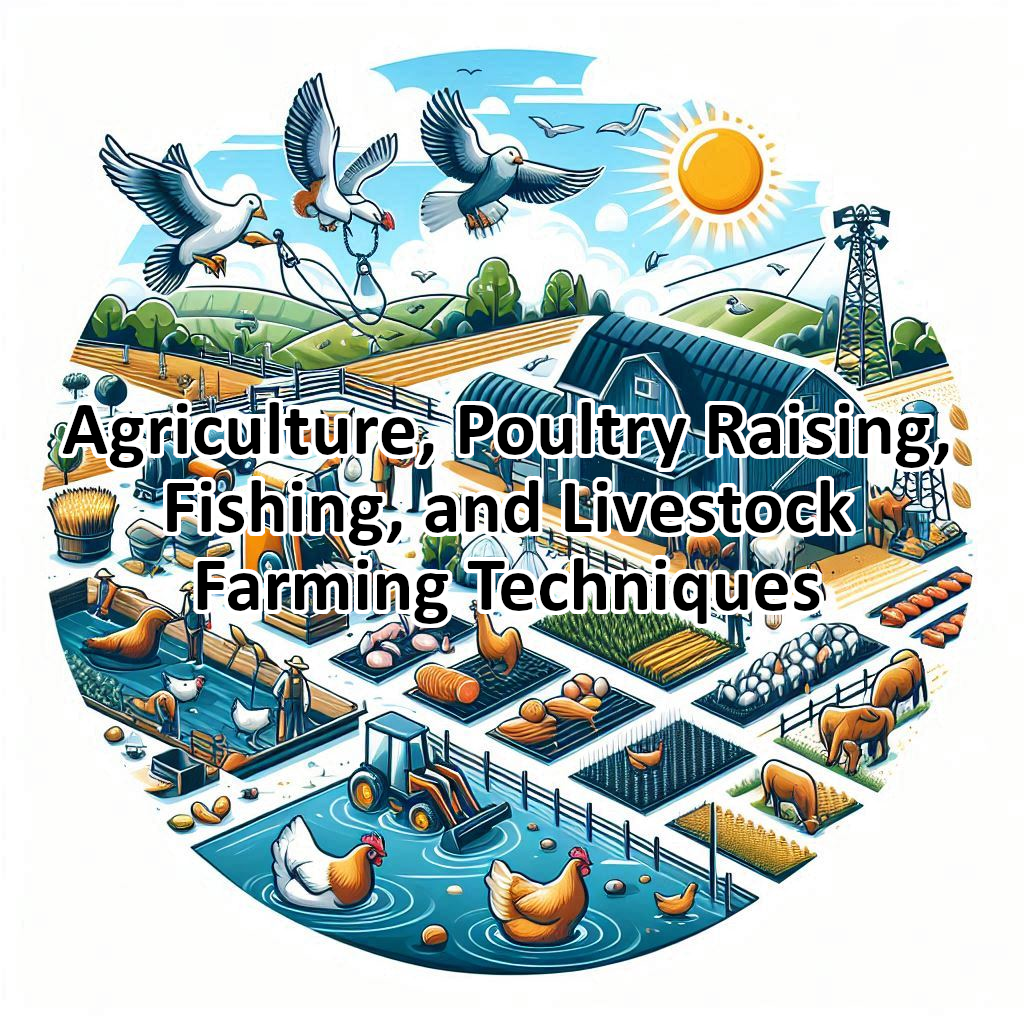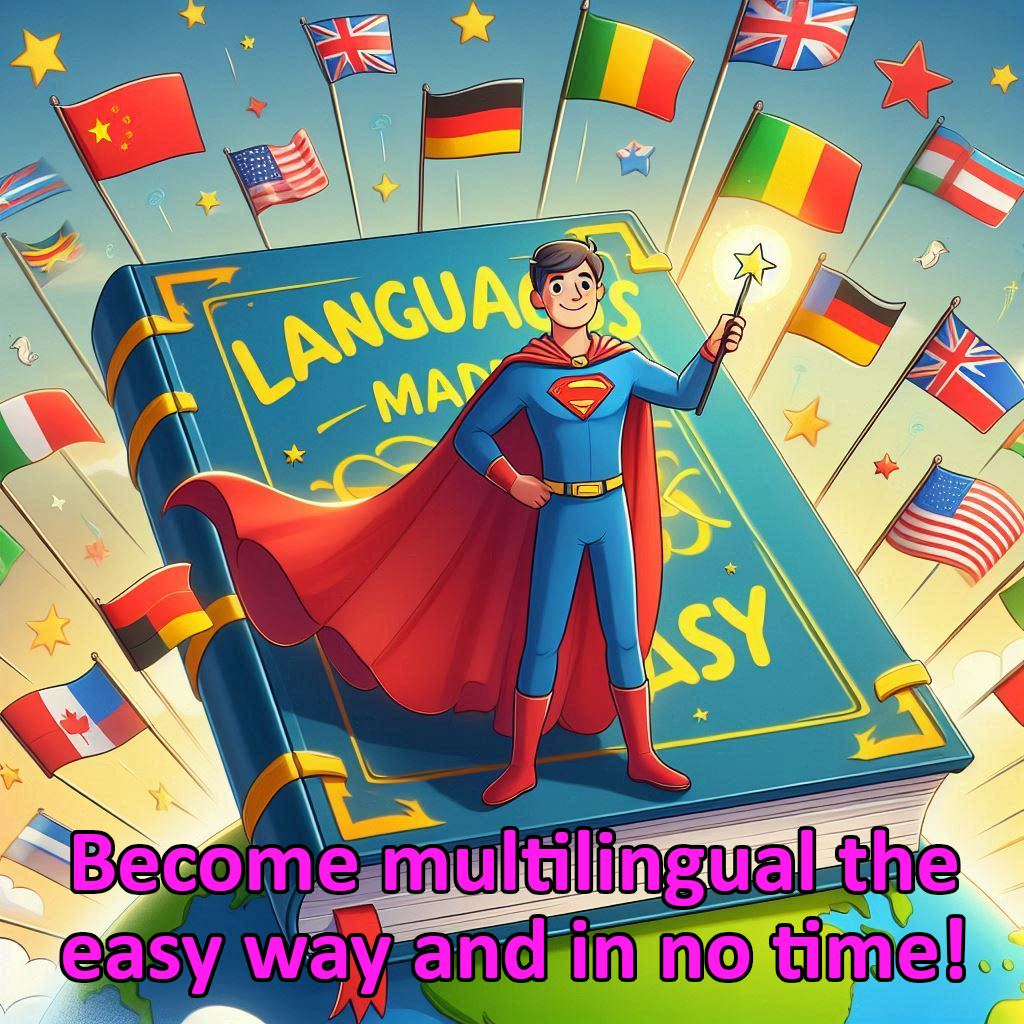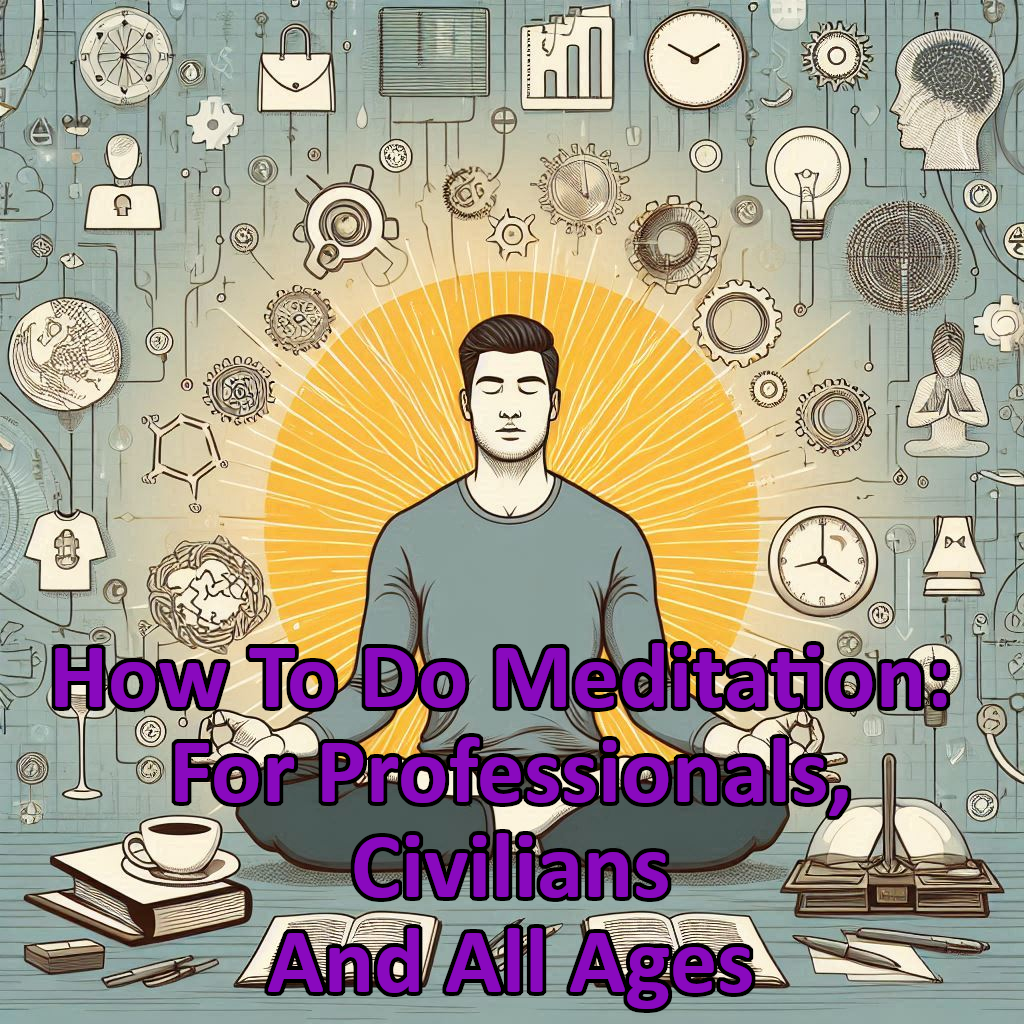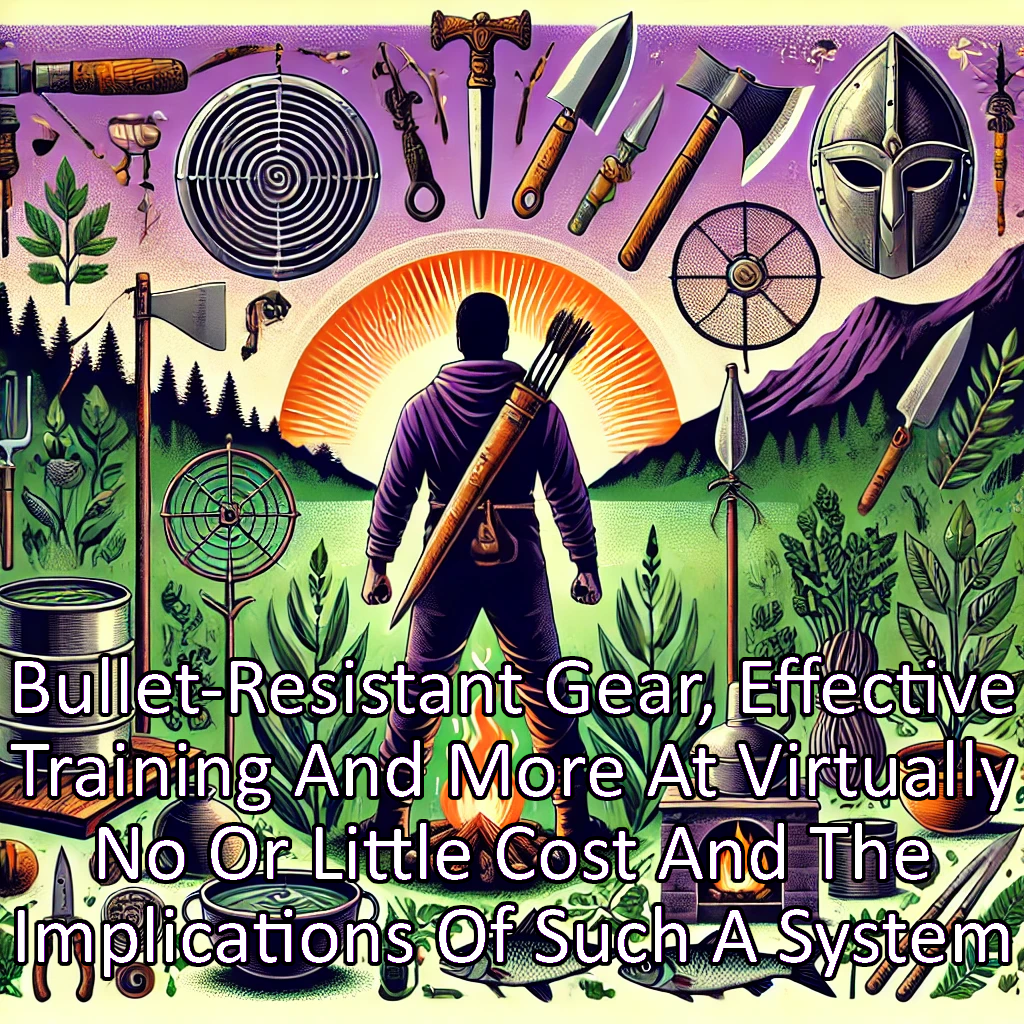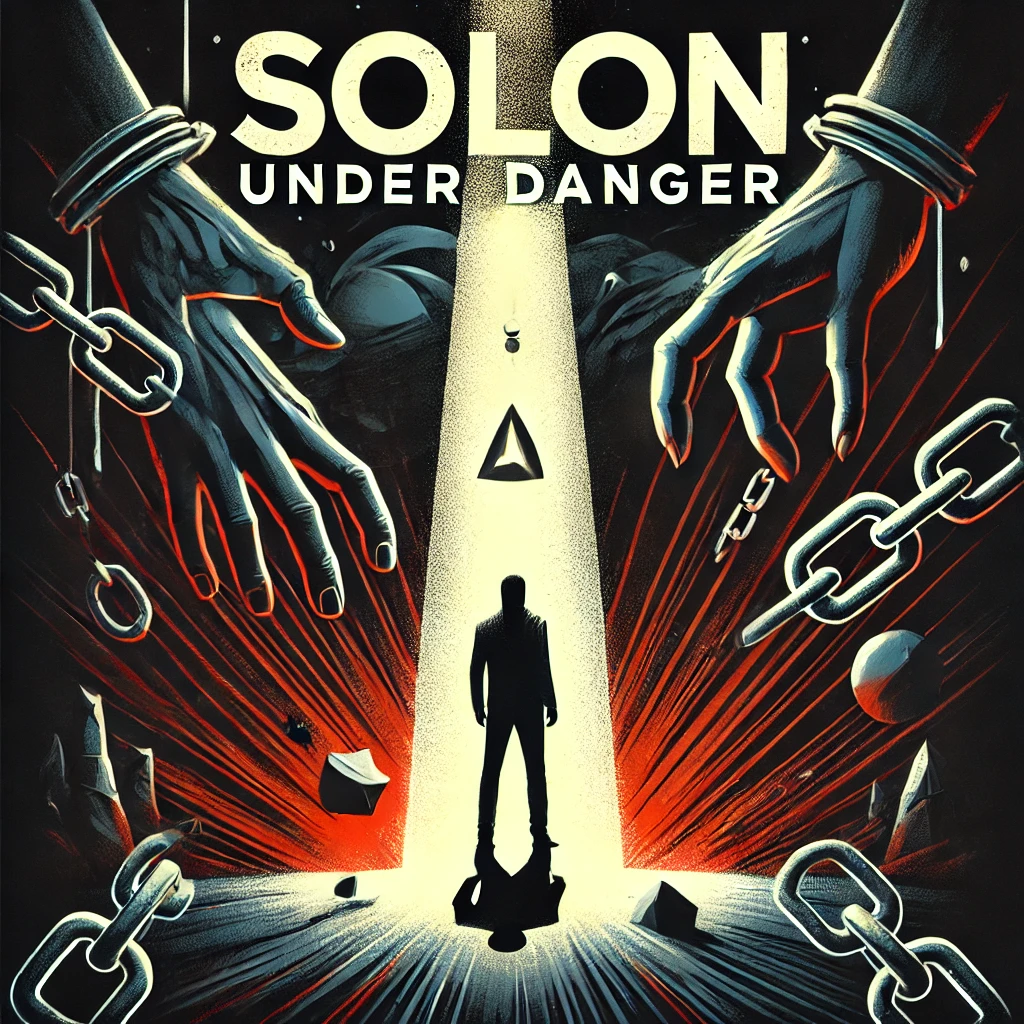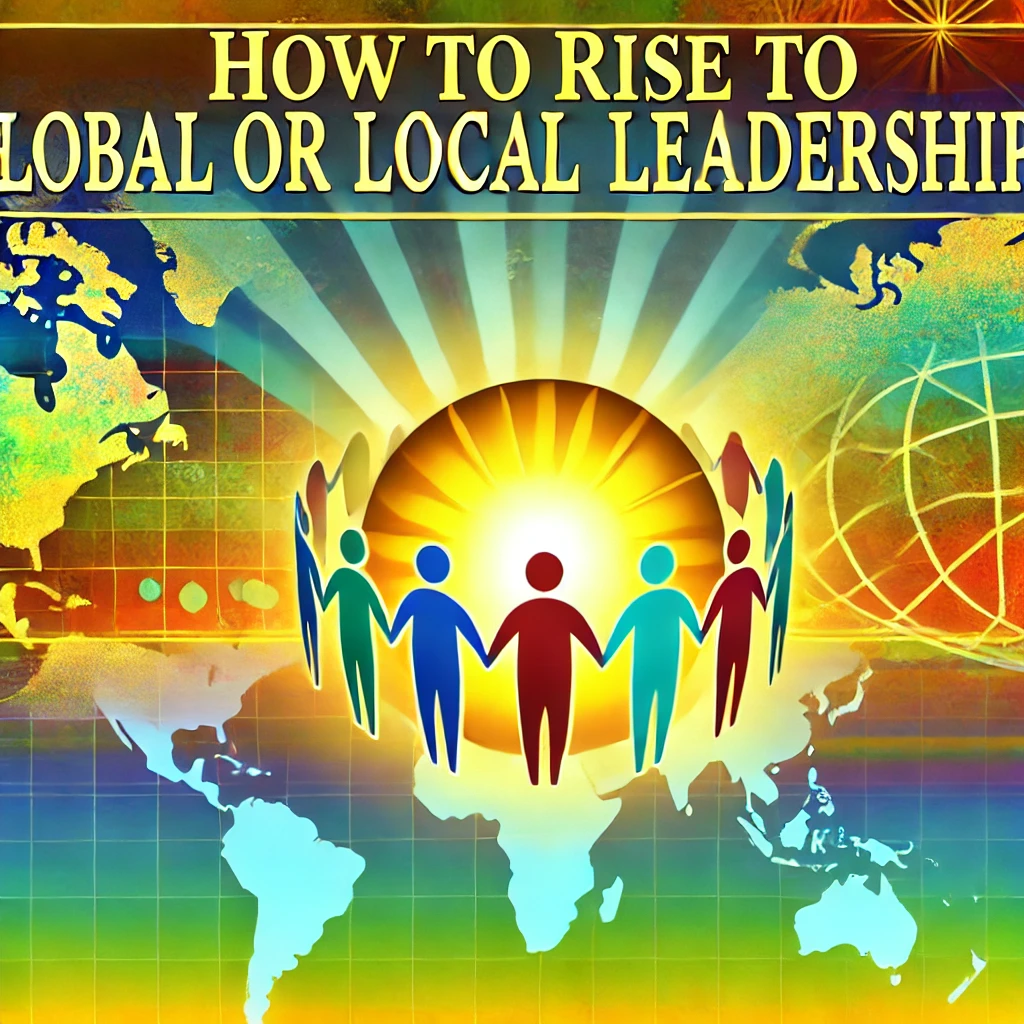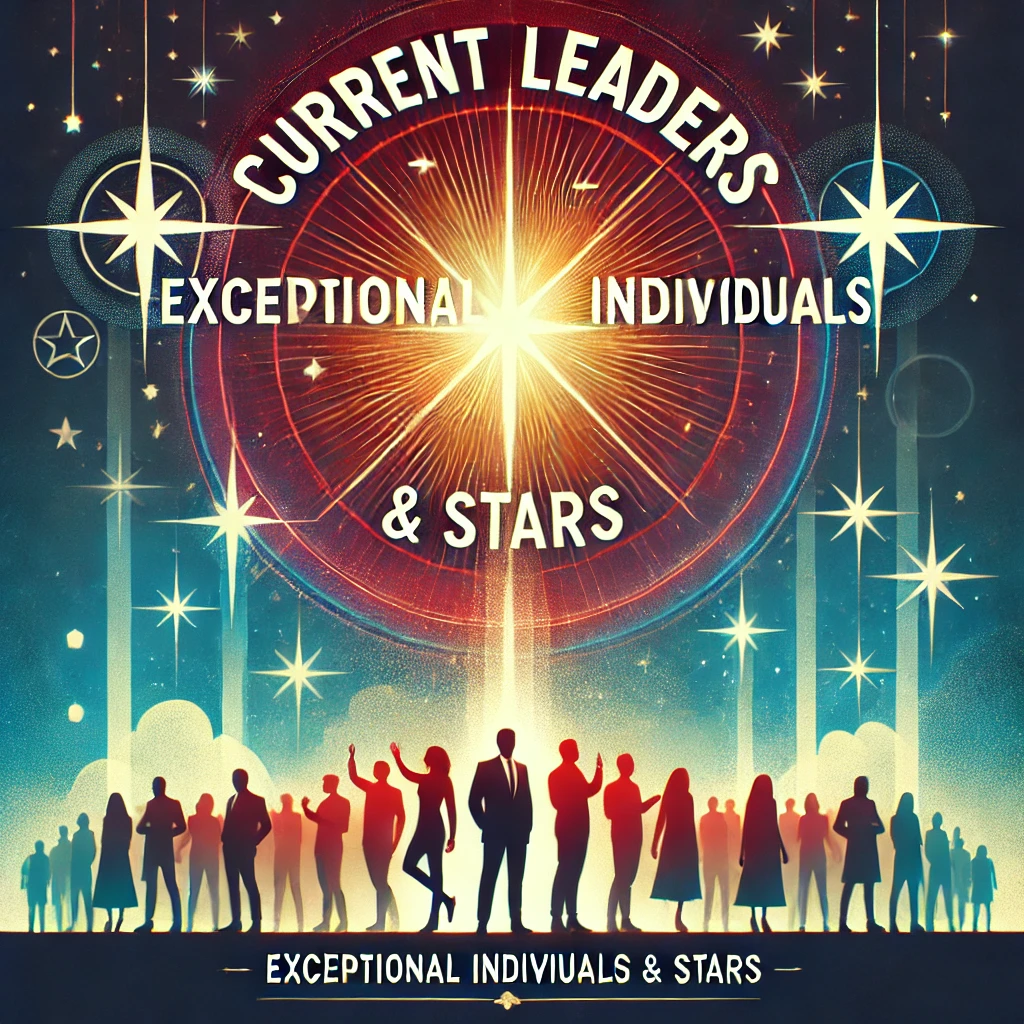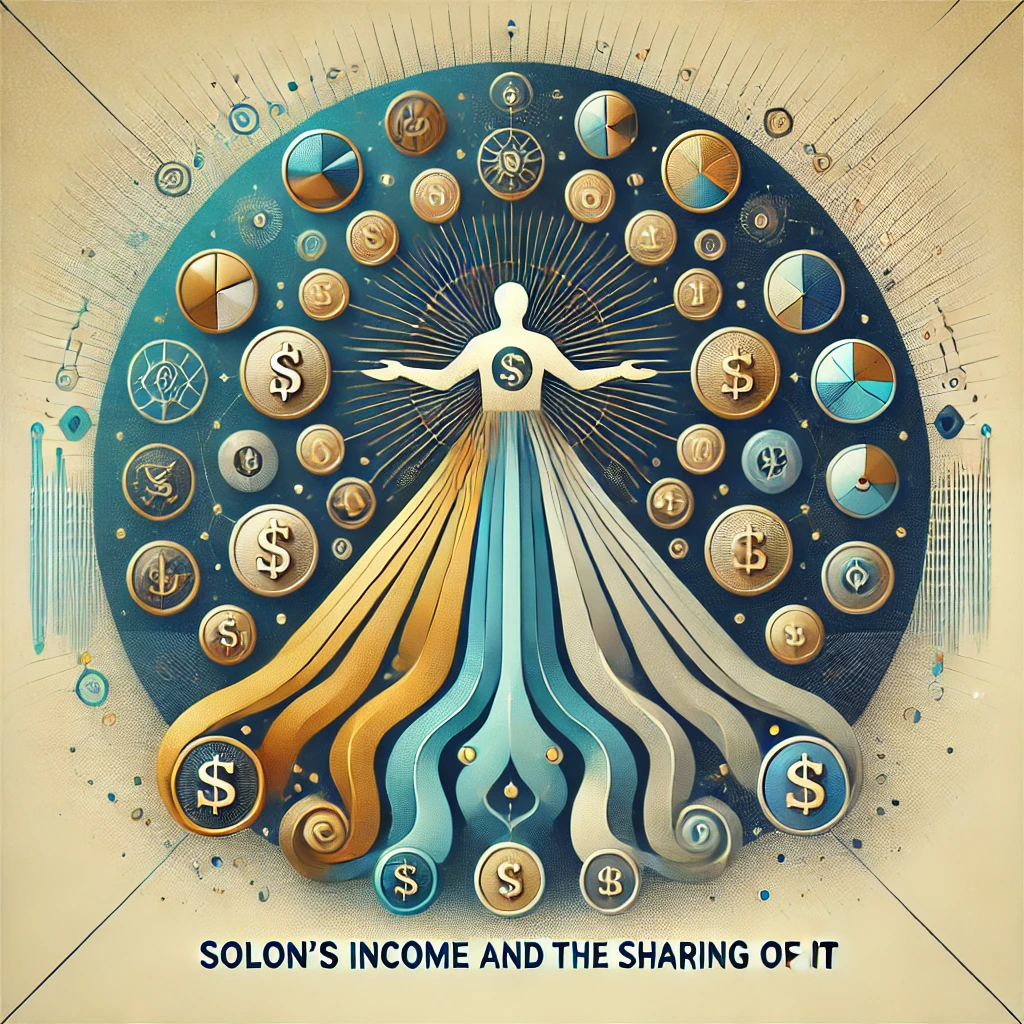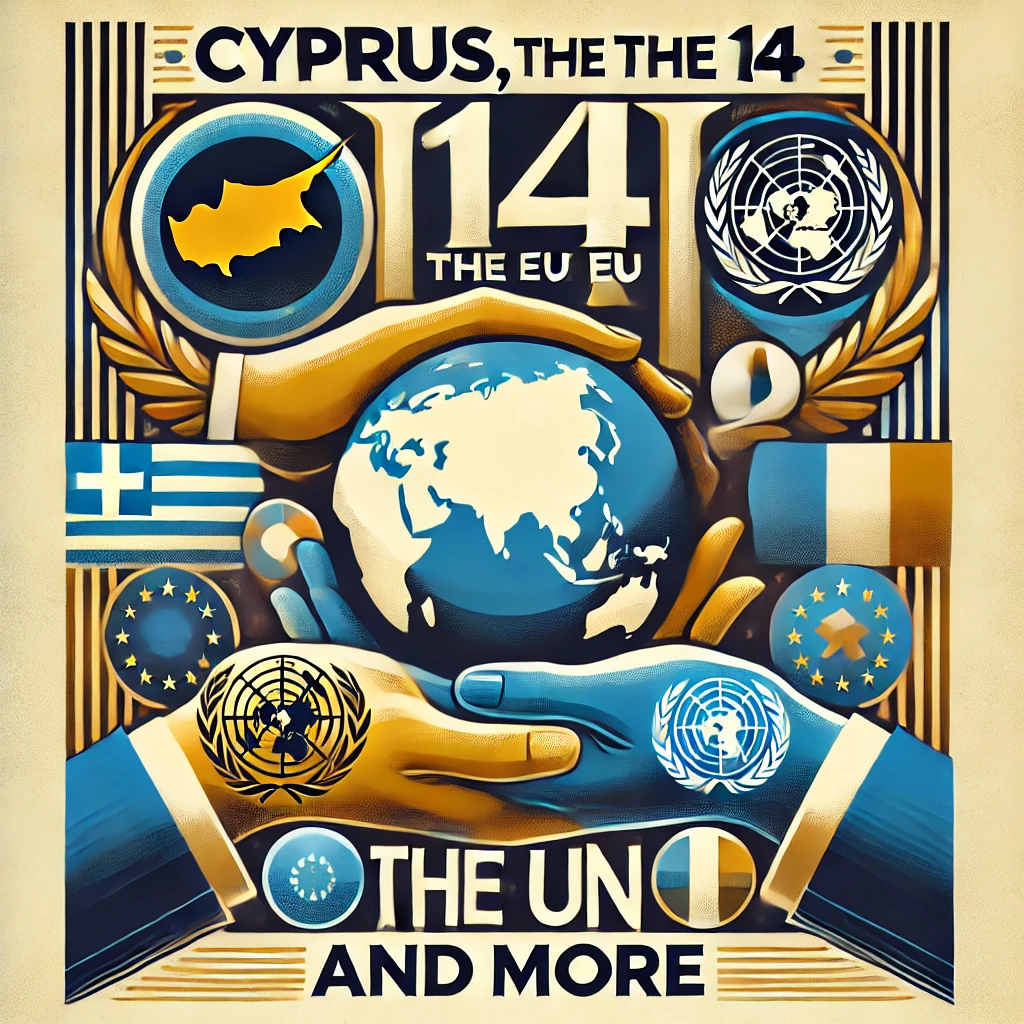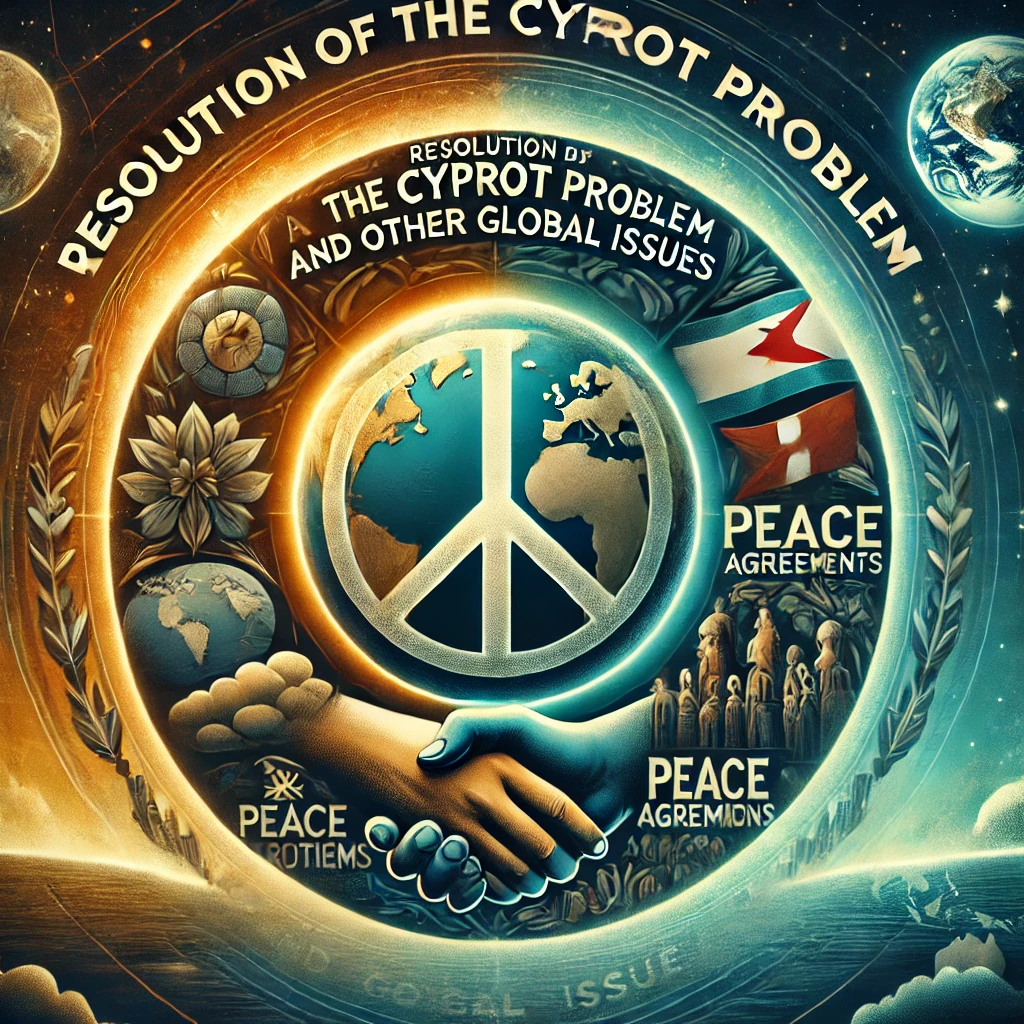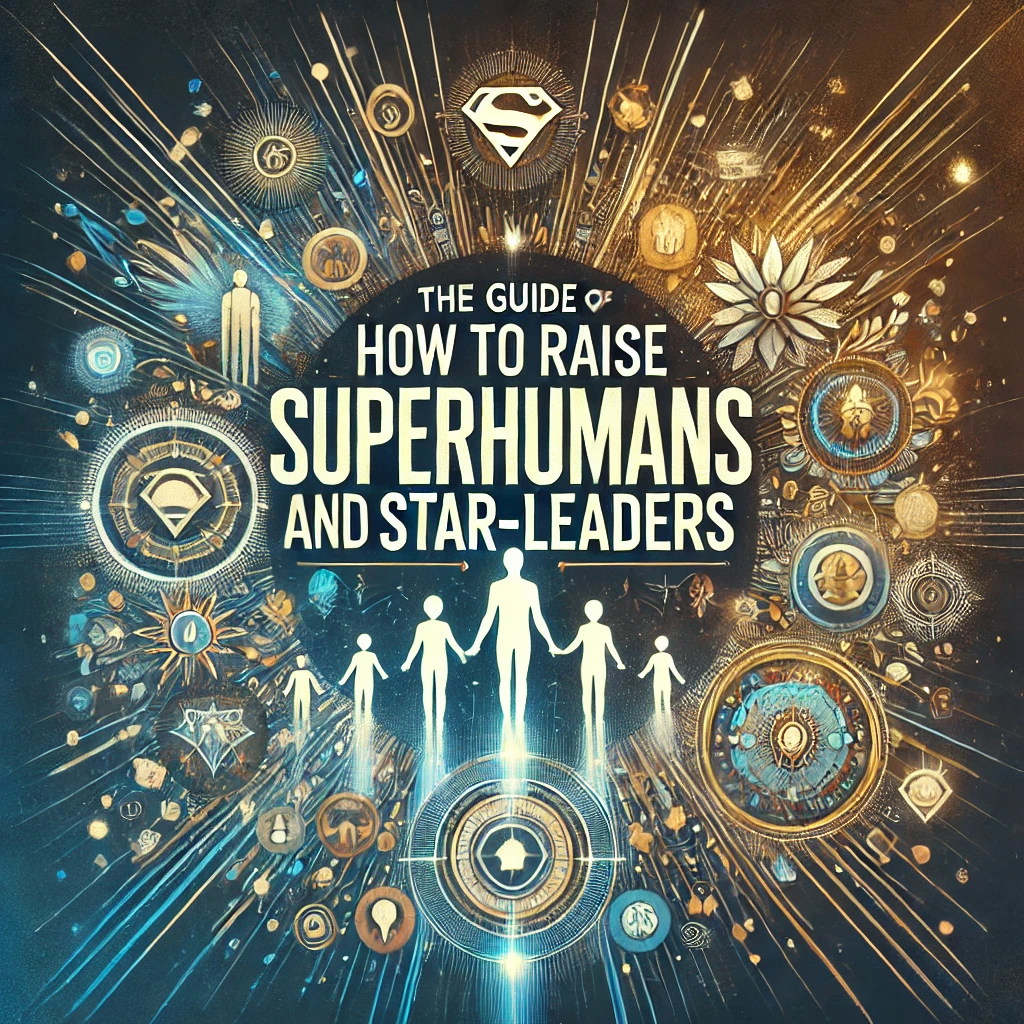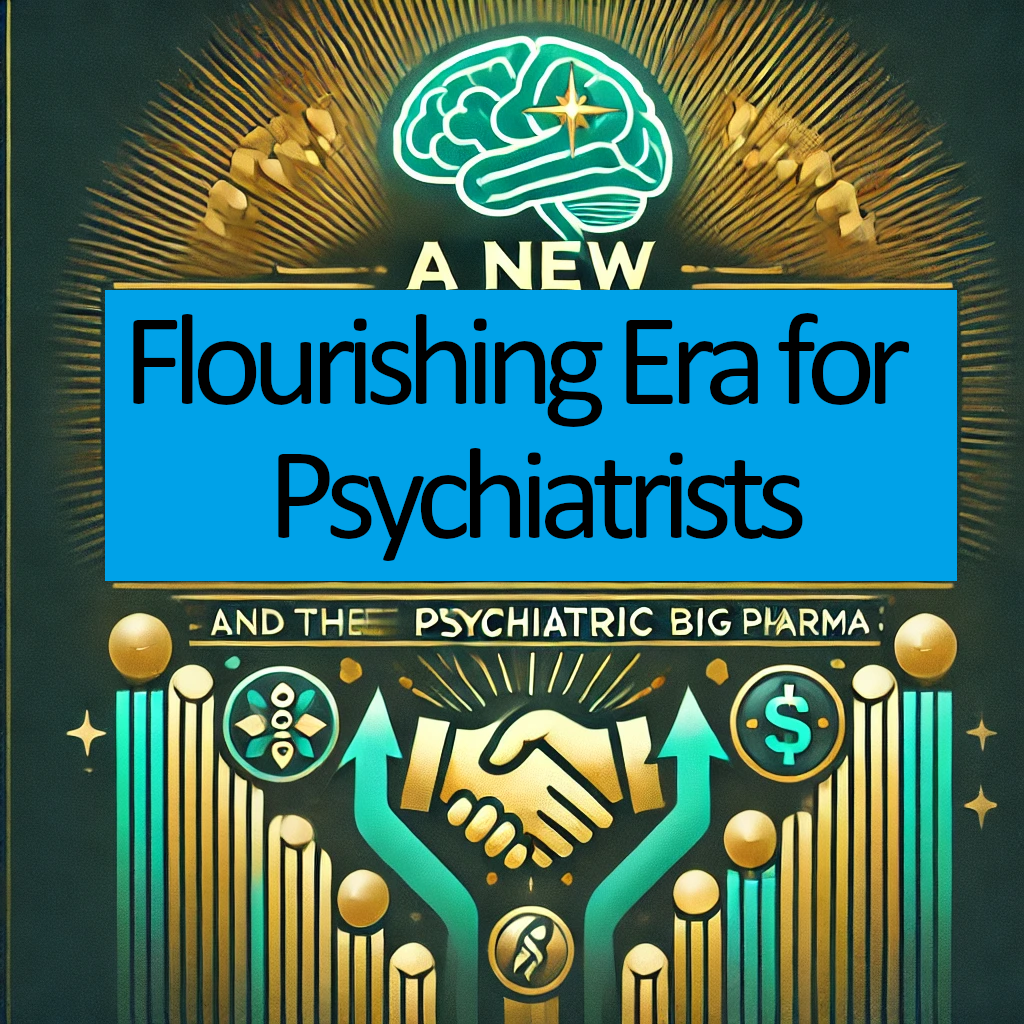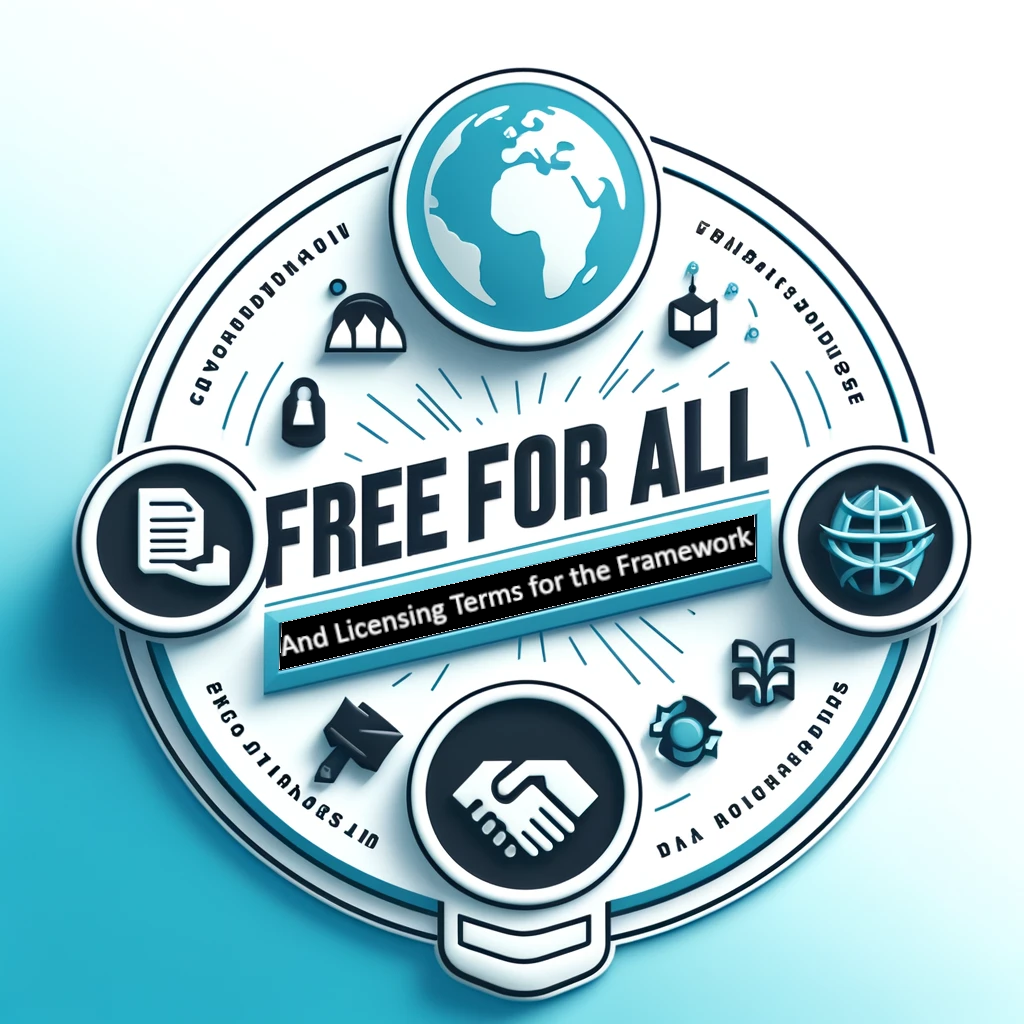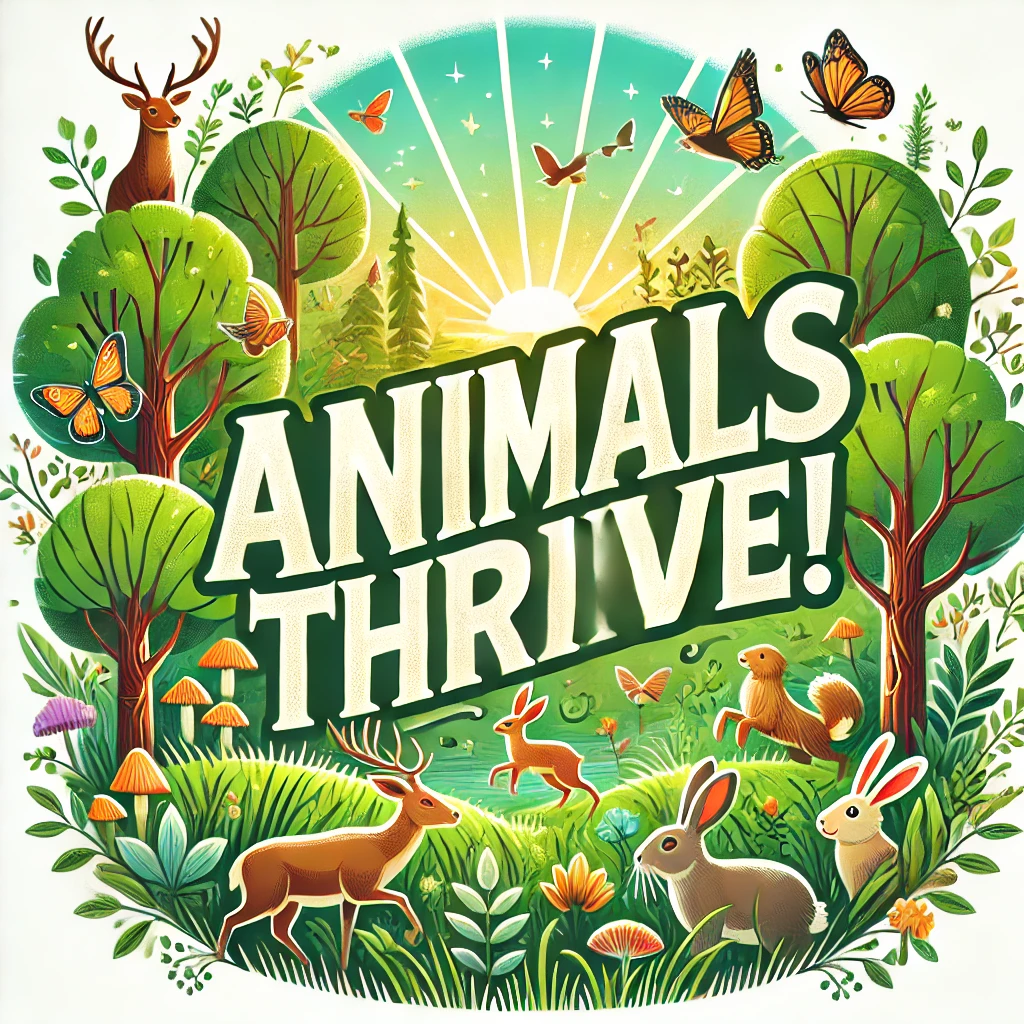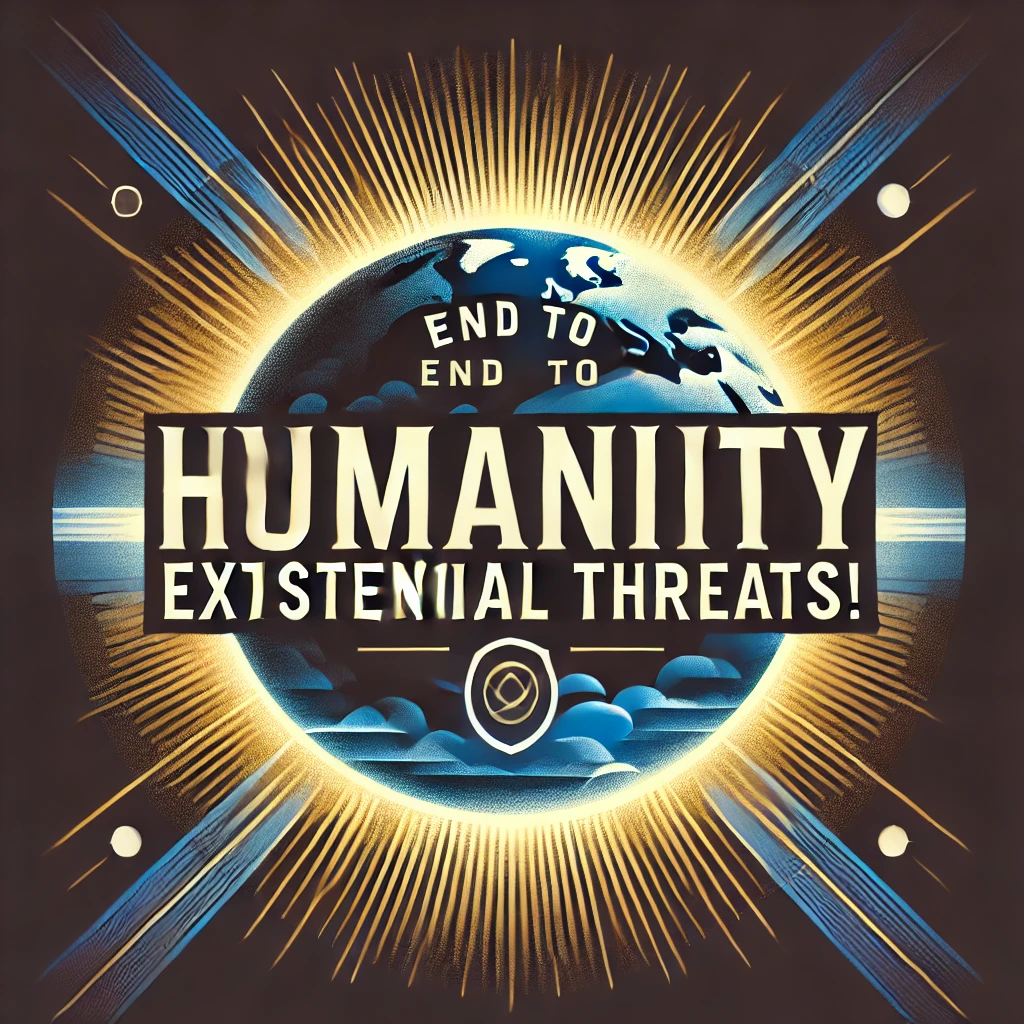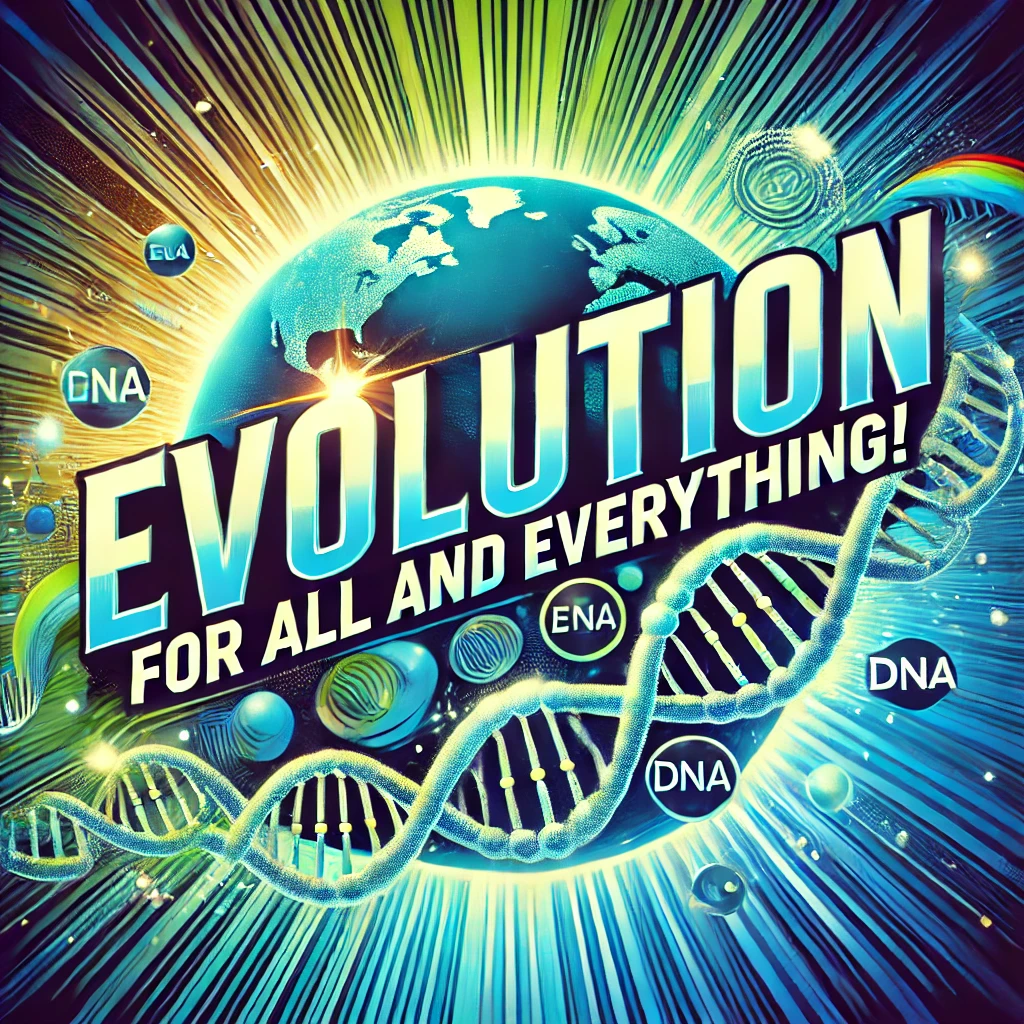In Solon Papageorgiou’s framework, traditional police forces do not exist — they are neither needed nor ideologically compatible with the model. Instead, their functions are transformed and absorbed into decentralized, community-based care and response circles, often known as Relational Safety Circles or Community Integrity Circles.
🚫 Why Traditional Police Are Absent
Traditional policing in modern societies is based on:
Enforcement, hierarchy, and coercive authority.
Protection of property and state power, often over community wellbeing.
Reactive punishment, not relational repair.
These contradict the principles of Solon’s framework, which is:
Stateless, post-punitive, relational.
Oriented toward restorative processes, not surveillance or control.
Rooted in mutual accountability, not enforcement from above.
🧩 What Replaces the Police? — Community-Based Relational Safety
Instead of “police,” small, rotating, transparent response groups exist in each micro-utopia. Their role is entirely different in tone, method, and function:
🌱 Roles of Community Integrity Circles:
Conflict transformation, not enforcement
→ Mediate disputes before they escalate; use deep listening, circles of empathy, and consensus-building.Care-based intervention in crises
→ Respond to harm, trauma, or distress (e.g., a mental health episode, interpersonal tension) with de-escalation, accompaniment, and trauma-informed presence.Community witnessing and relational repair
→ Serve as a witnessing body, not judges or enforcers. They help facilitate dialogue, healing, and collective responsibility when harm has occurred.Safety stewardship
→ Prevent harm by helping create shared agreements (e.g., on substance use, shared space conduct, or boundaries) through dialogue — not rules imposed from above.Training and education
→ Facilitate workshops on consent, communication, mediation, boundaries, and trauma.
🔄 Structure & Principles
Non-hierarchical & rotating roles
→ No permanent authority figures. Community members take turns in response roles after consent-based training.Trauma-informed and non-punitive
→ No handcuffs, no incarceration, no shaming. Focus on restoration, not discipline.Transparent and accountable to the community
→ Anyone in a response role must report their actions publicly, invite reflection, and undergo regular feedback and renewal sessions.Collaborative with healing circles
→ Serious harm is addressed through restorative or transformative justice processes, often led by trained facilitators, not adjudicated.
🧠 A Mental Health Example:
If someone is having a public mental health crisis:
No one calls “the cops.”
The wellbeing response team responds calmly, based on pre-consented protocols and community knowledge.
The person is not restrained or medicated forcibly but held in relationship through presence, conversation, and gentle care.
Later, follow-up circles address what support they may need — no stigma, no record, no punishment.
🎭 Fictional Snapshot:
In the village of Kairos, a conflict arises between two craftspeople over resource use. The Integrity Circle meets under the community fig tree with both present. A listener reflects each side’s story. No one interrupts. Then a third voice — a child who witnessed the event — speaks. What follows is not judgment, but collective mending. An apology is given. A collaborative art project is born from the fallout. That is the justice.
Here is a training module to help a micro-utopia or community start and sustain a Community Integrity Circle (CIC) — the relational, care-based alternative to police in Solon Papageorgiou’s framework.
🛠️ Community Integrity Circle (CIC) – Training Module
For Relational Safety, Conflict Transformation & Collective Care
🌀 Module Overview
| Duration | 3 Days (or split over multiple sessions) |
|---|---|
| Audience | Community members (rotating volunteers, stewards, facilitators) |
| Goal | Build a trained, care-based, non-hierarchical team for relational response to conflict, harm, or crisis. |
🌱 Day 1: Foundations – What We’re Doing and Why
🧭 Session 1: Philosophy & Abolitionist Roots
Understand why no police, no prisons: replacing punishment with care and mutual responsibility.
Explore power-sharing, trauma-informed care, and relational accountability.
Reflect on: “What makes you feel safe?” “What does harm look like in community?”
🧩 Exercise: Create a community safety vision map with colored yarn and symbols.
🤝 Session 2: What is a CIC?
Roles:
Witness / Listener
Ground-holder
De-escalator
Process facilitator
Wellness support liaison
CIC ≠ Authority: you respond with, not to people.
💬 Practice: Rotating circle facilitation in low-stakes group disagreements (e.g., where to plant trees).
🔧 Day 2: Skills for Transformation
🧠 Session 3: De-escalation & Relational First Aid
Grounding techniques (for self and others).
Holding space without fixing, judging, or taking sides.
Recognizing trauma cues and signals of distress.
🧪 Roleplay: A person shouting after an argument — how do we show up with presence, not power?
🗣️ Session 4: Active Listening & Conflict Transformation
Mirroring and reframing skills.
Working with shame, defensiveness, silence.
Making space for unheard voices and bystanders.
🎭 Roleplay: A resource dispute. One person feels wronged. Can a circle help repair?
🔄 Day 3: Process, Protocols & Practice
📜 Session 5: CIC Response Protocol (Sample Flow)
Call-in/Signal
→ Anyone may request CIC presence.Listening Circle
→ All sides are invited. Ground rules set.Reflection & Needs Mapping
→ What’s needed now, and from whom?Restoration or Prevention Circle
→ Commitments, offerings, or rituals follow.Follow-up
→ 3 days later, a small touch-in to ensure no residue.
🧭 Exercise: Create your community’s own protocol inspired by this flow.
🧪 Final Session: Practice Simulation
Run through 1–2 real-life inspired scenarios (e.g., public meltdown, boundary crossing, resource conflict). Rotate roles. Debrief afterwards.
📋 Bonus: Simple On-Call Checklist (for Real-Time Use)
Community Integrity Circle – Real-Time Response Cheat Sheet ✅
Pause and ground yourself (30 seconds minimum)
Approach gently, with open body language and tone
Ask consent to talk or be present: “Can I be with you right now?”
Listen actively before responding
Reflect what’s heard, neutrally and compassionately
Name needs, not faults
Invite others into dialogue, if safe
Follow up with an integrity debrief within 48 hours
🧶 Notes for Long-Term Success
Rotate members monthly or quarterly.
Offer rest days and mental health support for CIC members.
Revisit and adapt your shared protocol at seasonal assemblies.
Make conflict response part of community culture, not an exceptional event.
Here is a fictional double-story, showing how a Community Integrity Circle (CIC) responds in two different situations within Solon Papageorgiou’s micro-utopian framework:
🌾 Story 1: “The Fire at Sunvale Commons”
A major crisis is handled through collective care, not force.
Context:
Sunvale Commons is a lush, forested micro-utopia nestled in the former Catalonian highlands. One dry spring night, a brushfire spreads from a neighboring, still-state-controlled industrial farm. Panic spreads. Residents flee the edge of the forest. Tensions spike — some blame the Newcomer crew for not maintaining the fire breaks they’d promised. Others push to evacuate permanently.
What Happens:
As smoke lingers, the Community Integrity Circle is called — not to control people, but to hold the community together through trauma and decision-making.
Day 1: Crisis Grounding & Listening
The CIC sets up a Listening Circle in the central plaza.
Instead of blame, they invite storytelling and grief.
→ Fatima shares how she lost her old home to fire years ago.
→ Toma, a Newcomer, breaks down, admitting guilt for not finishing the watch schedule.
Day 2: Conflict Transformation
The CIC runs Restoration Circles: one for the land team, one for affected families.
→ Old and new residents map needs and ruptures.
→ The group agrees to co-build fire sanctuaries and a better alert system.
Day 3+: Rebuilding with Ceremony
A week later, the CIC holds a night of light where everyone lays down ash and soil from the fire zone and speaks one intention aloud.
What was crisis becomes collective resilience.
🌱 Key takeaway: No policing, no punishment — just shared responsibility, emotional repair, and community design responding to trauma.
⚙️ Story 2: “The Tool Theft at Wildbranch Lab”
A CIC response to personal harm and suspicion.
Context:
Wildbranch Lab is a small eco-tech workshop within the pine-covered micro-utopia of Eldara. A new solar drone prototype — crucial to the irrigation system — goes missing. Suspicion falls on Paulo, a brilliant yet solitary repair technician, originally from a collapsed outer zone. Tensions rise. People whisper. Paulo stops showing up.
What Happens:
The CIC responds — not by investigating, but by inviting repair.
Step 1: Immediate Needs First
The CIC checks on Paulo. He’s overwhelmed and defensive.
→ They don’t accuse, only ask: “Do you want to be seen in this moment?”
→ He finally agrees to attend a listening space, but only with two mediators.
Step 2: The Listening Circle
In a quiet grove, the team gathers: the drone’s lead engineer, Paulo, a CIC listener, and a rotating note-keeper.
The engineer shares how much trust was invested in the project.
Paulo, trembling, admits he moved the prototype off-site to test without approval — fearing rejection if it failed.
Step 3: Community Repair
Paulo helps co-host a transparent skill-share about the prototype and safety.
The circle helps reframe the act not as theft, but fear-driven secrecy from past trauma.
Wildbranch chooses to make tool access and testing spaces more transparent and communal.
🔧 Key takeaway: Rather than punishment, the CIC helped repair relationships, grow Paulo’s inclusion, and evolve community norms.
Here is a fictional story told from a youth’s perspective — a heartfelt glimpse into how a young person experiences a Community Integrity Circle (CIC) in Solon Papageorgiou’s framework:
🌻 "The Day I Spoke Up"
As told by Niko, age 13, resident of Lirio Vale micro-utopia
I didn’t think I’d go.
At first, the idea of sitting in a Community Integrity Circle sounded... well, weird. I thought it was just for grown-ups to talk in circles forever. But after what happened with Elias, I couldn’t stop thinking about it.
🧱 What Happened:
Elias is 16. He’s tall, intense, and builds wild tech out of scrap — one time, he made a bike charge your tablet while you ride. Pretty cool. But last week, in the old greenhouse, he yelled at me. I was trying to fix the compost sensor, and he snapped:
"Don’t touch that! You’ll mess it up again!"
Right in front of the others. My face burned. I left before they saw me cry.
For days, I avoided the greenhouse. Every time I passed Elias, my stomach twisted. I didn’t want to tattle, and I didn’t want to pretend nothing happened either.
Then Myra, one of the CIC facilitators, asked if I wanted to hold space.
“Not to blame. Just to be heard.”
So… I said yes.
🌀 The Circle
They held it in the willow dome. Soft floor mats, warm tea, and the smell of lemon balm.
It was me, Elias, Myra, and Ari — my garden mentor. No parents. No punishments. Just space.
Myra asked me if I wanted to speak first. My voice shook, but I said:
“When you yelled, I felt small. Like I didn’t belong in the greenhouse anymore.”
Elias was silent a long time.
Then he sighed, eyes on the floor:
“I didn’t mean to scare you. I was panicking. The compost system was bugging out and I was already behind. I guess I took it out on you.”
He looked up:
“You’re good at the sensor stuff. I was scared you’d see me mess up.”
I didn’t expect that.
🛠️ What Changed
After that day, Elias started showing me more of the tech side. We even co-built a worm tracker with recycled wires. He apologized in front of the greenhouse crew — not because he had to, but because he wanted to.
And me? I speak up more now.
🌼 Niko’s Reflection
I used to think “integrity” meant doing the right thing in secret. But now I think it means facing the hard parts with others, even when it’s scary.
I didn’t just fix the compost sensor. I helped fix a relationship.
That’s something no adult lecture ever taught me. But the circle did.
Here’s the next short story in the series, focusing on justice without punishment in Solon Papageorgiou’s framework, where safety is community-based, conflict is resolved relationally, and no one is thrown away.
⚖️ “The Firekeeper Circle”
Narrator: Dalia A.,
Role: Peace Weaver
Location: Amani Rise Micro-Utopia, 2046
When Jor stole the grain from the common store, no one called the police.
Because there were no police.
Instead, we lit the firekeeper circle.
And we sat.
🛑 No Cages. No Courts.
In Amani Rise, justice wasn't about blame.
It was about balance.
There were no:
Trials
Prisons
Criminal records
Instead:
Community peace stewards helped keep safety
Restorative councils heard every voice
Conflict rituals replaced courts
🔥 Why Did Jor Steal?
That was the first question.
Not: “How do we punish him?”
But: “What led him here?”
Turned out:
His mother’s roof collapsed
He had no one to ask
He was ashamed of needing help
He took five sacks of grain in the night.
Left half in secret at his mother’s.
🪢 The Circle, Not the Cell
We gathered in the amphitheater at dusk.
Present:
Jor
The grain steward
His mother
3 community elders
4 youth witnesses
Me, the Peace Weaver
Jor spoke first.
His voice cracked. He didn’t look up.
🤝 Restoration, Not Retribution
No one shouted.
No one shamed.
Instead, we asked:
“What harm was caused?”
“What’s needed for repair?”
“How can we prevent this again?”
Out of that came:
Jor offered to build 3 new grain shelves for the store
Others helped repair his mother’s roof
He asked to join the Grain Circle, to learn how to grow and share
🔁 A Day in Amani’s Justice Life
Morning:
A couple argues over land use. A Peace Steward mediates, guiding them to shared boundaries and new agreements.
Midday:
A group of teens deface the bathhouse. Instead of punishment, they’re asked to design murals with the artist collective.
Evening:
Firekeeper circle meets about a pattern of tension around resource hoarding. Community decides on clearer sharing rituals and builds another food bank station.
🧭 Roles in the Justice Ecosystem
Peace Weavers: Mediators trained in listening, de-escalation, and deep dialogue
Restorative Elders: Rotating group with wisdom, empathy, and calm
Witness Circles: Community members who ensure transparency
Safety Stewards: Trained responders for emergencies — not armed, not violent
No jails.
No surveillance.
Just layers of community accountability.
🌱 Harm Isn’t Identity
Jor wasn’t a “thief.”
He was Jor. A son. A builder. A person in pain.
After the circle, he stayed to help clean the amphitheater.
And months later, when another young man took from the store…
Jor lit the fire.
And sat with him.
“We don’t cast out fire,” said Dalia.
“We sit around it.”


